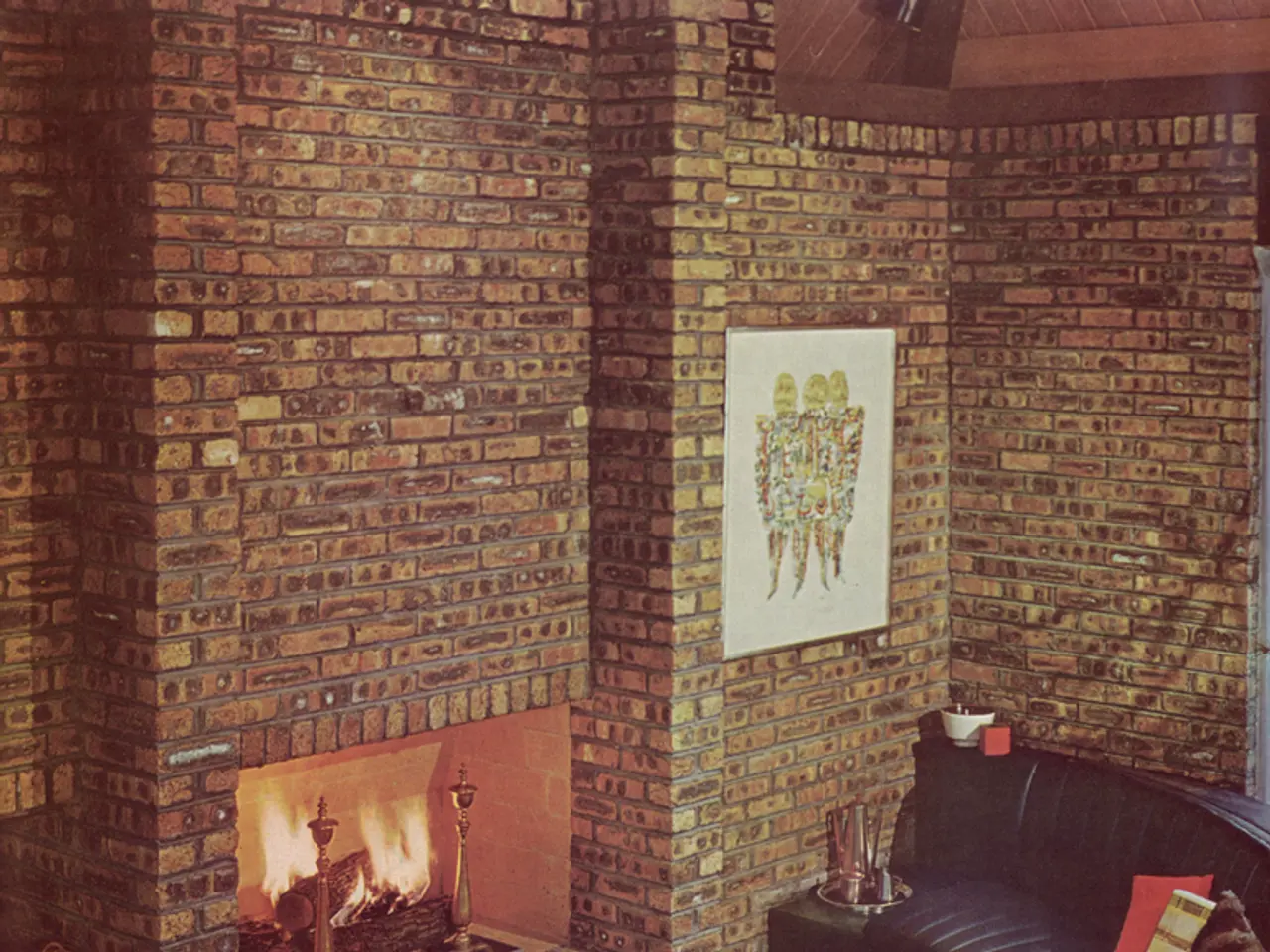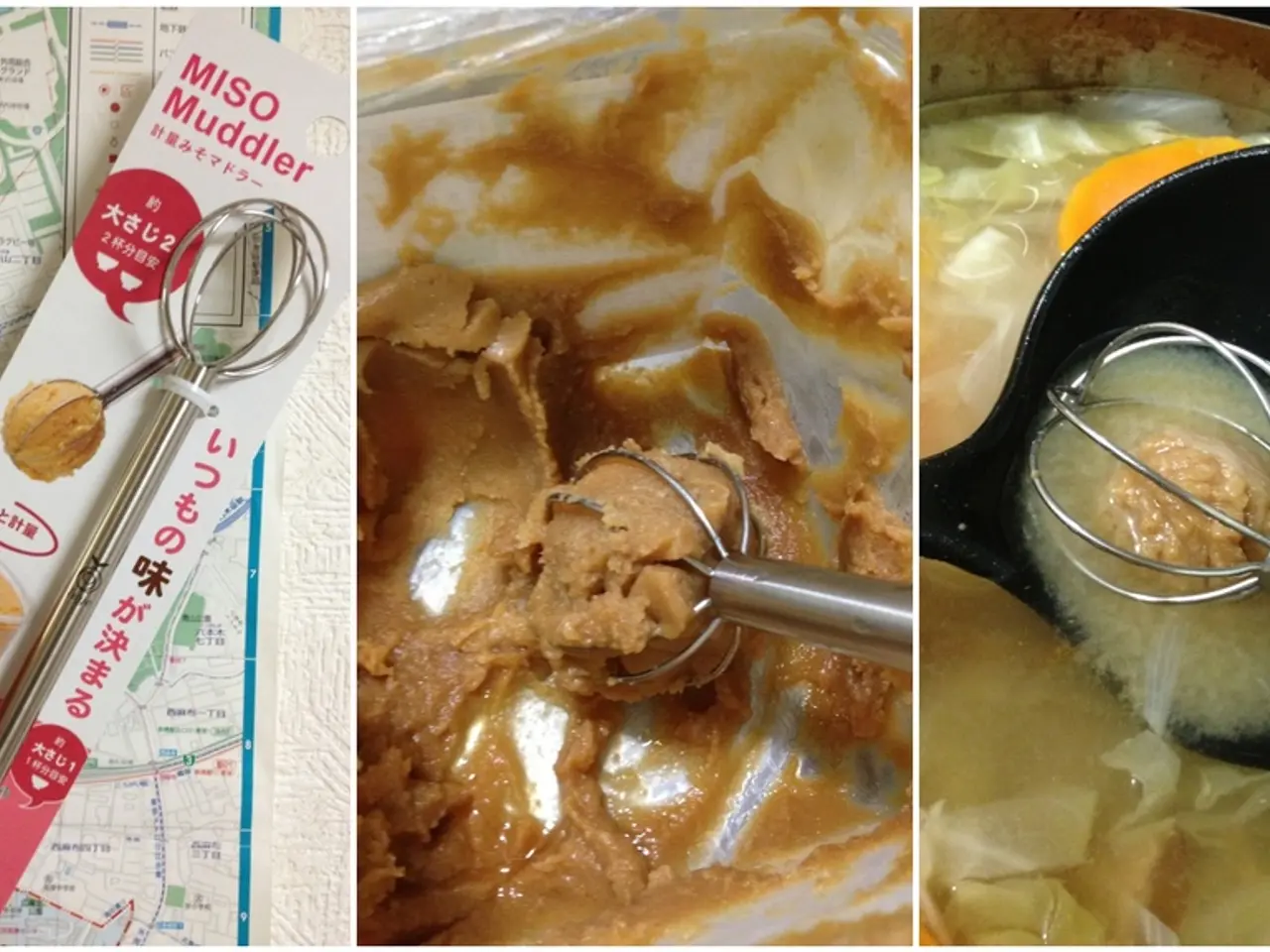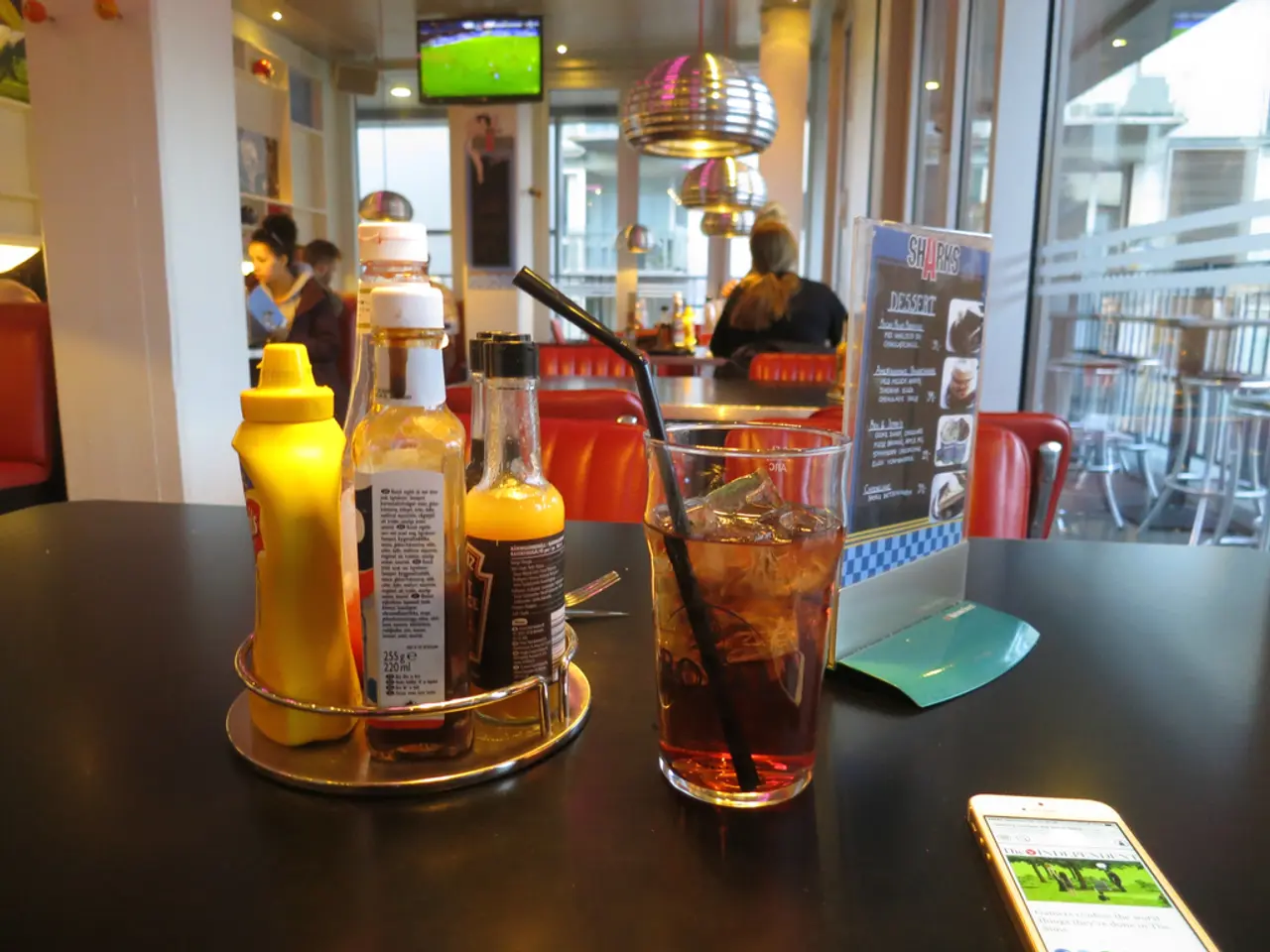Design Exhibitions in 2025 Embrace Curvilinear Shapes and Contemporary Geometry
In the year 2025, a significant shift is taking place in the world of interior design as curved forms and soft geometry are becoming increasingly popular. This trend, rooted in its psychological and aesthetic benefits, is being embraced by designers across continents.
Olevia Nguyen, a senior designer at Laura U Design Collective, stated that curved everything, including sofas, chairs, and beds, are bending the rules. Aline Asmar d'Amman, whose installation "The Power of Tenderness" was popular at Milan Design Week 2025, believes that tenderness isn't a sign of weakness but a sign of strength. Architect Mark Lee stated that these curves are anthropomorphic, speaking to comfort and friendliness, not excess.
The lineage of rounded forms can be traced back across eras and continents, with examples from Art Deco and the 1970s. Today, designers are exploring the emotional resonance of softness, considering how a curve can comfort, cradle, or connect. Lee and Sharon Johnston's Biboni sofa, described as a combination of Bibendum and macaroni, captures the idea of softness with plush scallops and folds wrapped in boucle.
Maria Lomanto, a designer, stated that nature is not only back but is alive, and it's melting, dripping, waving in a breeze. This trend aligns with a broader movement toward organic, nature-inspired aesthetics in modern and luxury interiors. The popularity of curved forms and soft geometry is not just aesthetic but also philosophical, signaling a deeper desire for comfort, warmth, and connection in our built environments.
Curved shapes mimic natural and human body forms, creating spaces that feel comfortable, familiar, and emotionally calming. They improve spatial flow and harmony by eliminating abrupt turns and visual dead ends, facilitating smoother movement and a more relaxed atmosphere within interiors. Curved elements like arched doorways, rounded furniture, and circular rugs serve as intentional design gestures that shift spaces from rigid to inviting without requiring full biomorphic designs.
The trend of soft geometry is permeating every category of home furnishings, including architectural elements, case goods, and lighting. Scalloped sofas, asymmetrical tables, bulbous lighting, and soft architectural details are being seen at major design fairs like High Point Market and Milan Design Week. Patricia Urquiola's Gogan sofa takes inspiration from river stones, being asymmetrical, weighty yet soft, balanced on subtly inclined volumes.
The emotional turn is echoed in materiality. Curved furniture often pairs with tactile surfaces that invite comfort and slowness. Accessories like door handles and side tables are also embracing sculptural curvature. Kelly Wearstler's Zuma dining chair and Lorenza Bozzoli's Thumb armchair demonstrate how soft geometry meets statement form.
Asymmetric curves, seen in Monica Armani's Chapeau table and Expormim's Mediterranean-inspired Meridies outdoor collection, signal a new era of naturalism and unpredictability. Designers are channeling nature not just as inspiration but as an ethos, flowing forms that mimic water, wind, or the human body.
The revival of softness in design is not just aesthetic but also philosophical, signaling a deeper desire for comfort, warmth, and connection in our built environments. As we move forward, the future of design may be fluid, but it's far from uncertain. We still need designers who can blend function with feeling, atmosphere, and empathy.
News in the design world for 2025 highlights a shift towards curved forms and soft geometry, particularly in lifestyle and home-and-garden sectors, with fashion-and-beauty and interior design following suit. This trend, seen in furniture and architectural elements, is being guided by a desire for emotional resonance, comfort, and connection, mirroring nature's organic forms.




